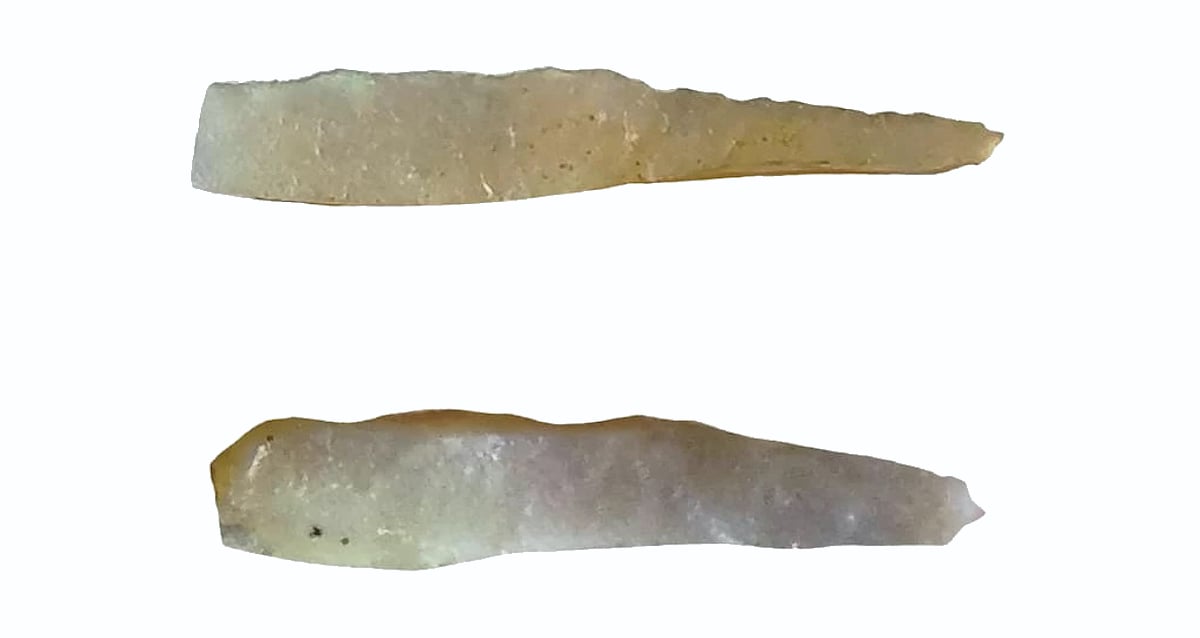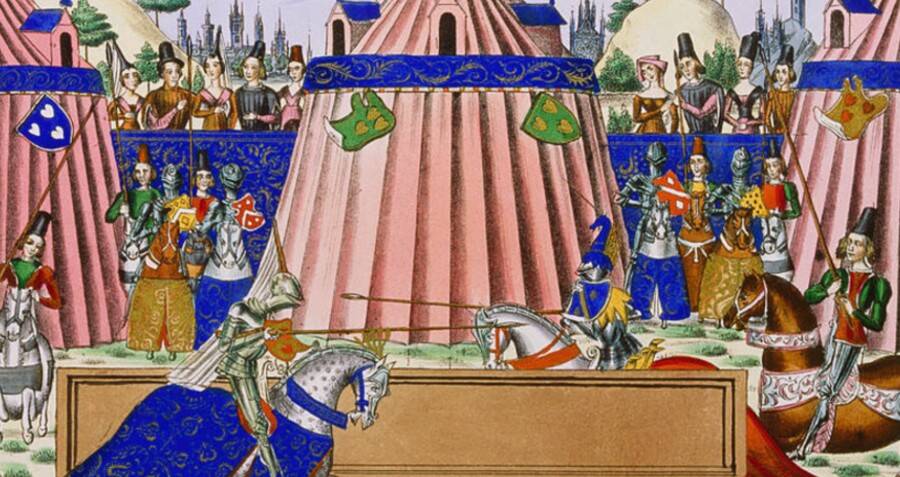Unveiled After Centuries: The Mysterious Ancient Maya Tattooing Tools Found Deep Inside a Belize Cave
Ever wonder if ancient Maya folks were the original trendsetters of ink, long before your hipster neighbor got their third sleeve? Imagine discovering tiny stone tools still tipped with soot-based ink from 250 to 900 C.E.—the Classic period when Maya culture was in full swing. Yup, that’s right: for centuries, the Maya turned their skin into social canvases, sporting tattoos of bats, eagles, snakes… and who knows what else! But hold on: no actual tattooing tools had ever surfaced—until researchers stumbled upon these charred chert pieces inside Belize’s Actun Uayazba Kab cave, complete with mysterious ritual vibes. Turns out, those ancient sharps weren’t just for decoration; they might’ve been part of sacred ceremonies, marking not just the brave or beautiful, but perhaps even the unlucky thief. Crazy to think that a broken piece of flint could unlock so many stories etched in skin and soul, right? If you’re curious how ink, ritual, and rock merged into a cultural tapestry, this discovery is nothing short of mesmerizing. LEARN MORE
Researchers even found traces of what’s believed to be soot-based ink still sitting on the points of these stone tools, remnants of a tattooing process that took place sometime during the Classic period that spanned 250 to 900 C.E.
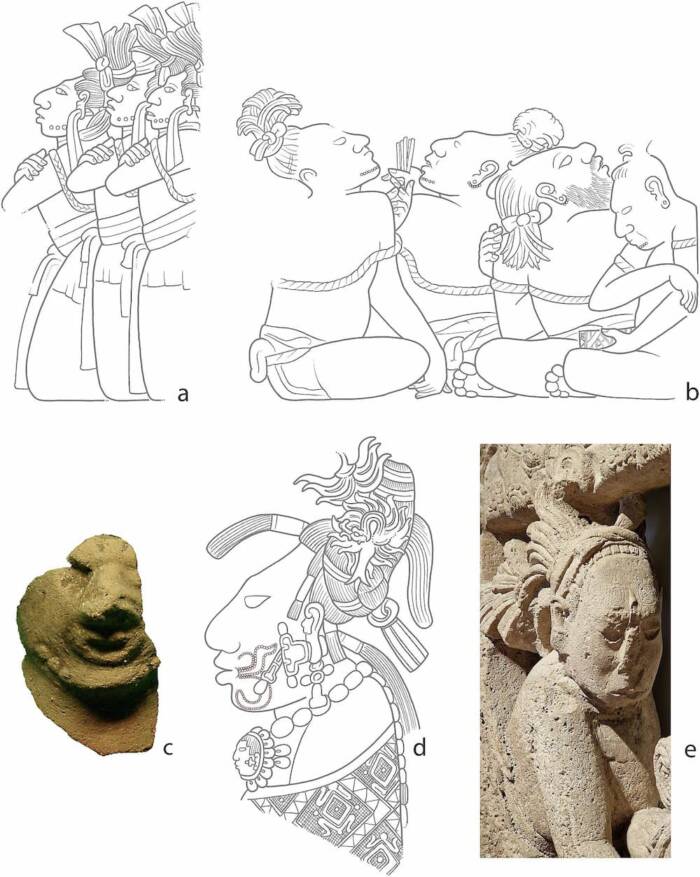
C. HelmkeExamples and recreations of Maya tattoos and scarification taken from various sites.
When Spanish conquistadors arrived in the Americas, they found that many of the indigenous Maya had tattoos. Countless men and women had inked skin, with tattoos that often included dramatic imagery like bats, eagles, or snakes. But no Maya tattooing tools had ever actually been discovered — until now.
Inside Actun Uayazba Kab cave in Belize, researchers came across elongated pieces of chert (a kind of stone used to make sharp tools like spears) that still bore traces of a soot-based ink. They believe that these are tattooing tools, which once played an important role in Maya society, at a time when the “skin served as a social canvas.”
The Only Maya Tattooing Tools Ever Found Are Unearthed Inside Actun Uayazba Kab Cave In Belize
According to a study published in the Journal of Archaeological Science, archaeologists from Denmark and the United States discovered the tattooing tools at Actun Uayazba Kab cave in Belize, also known as Handprint Cave. They were found on a ledge above a limestone pool, near human remains and various ritual items including precious stones.
The two tools, which researchers called “burin spalls” (burin is a kind of engraving tool) are elongated and sharpened pieces of chert, a kind of flint historically used to make sharp tools or to spark a fire. Researchers believe that the two objects date back to the Maya Classic period that spanned 250 to 900 C.E.
They appear to be tattooing tools, and not some kind of other sharp tool, because researchers found traces of what appears to be soot-based ink on their tips.
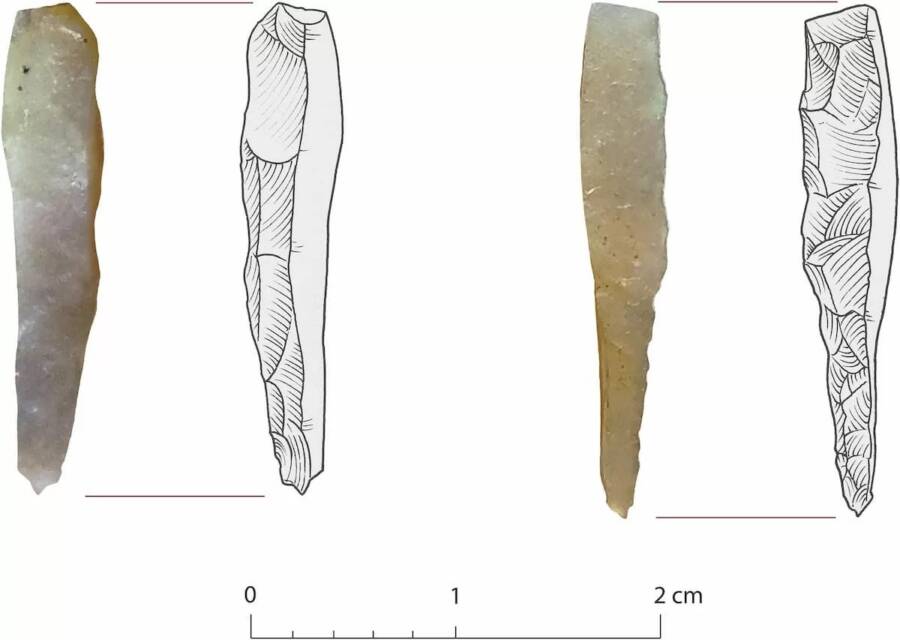
W.J. Stemp/C. HelmkeThe ancient Maya tattooing tools found in Handprint Cave in Belize.
To further investigate whether or not these were indeed tattooing tools, the researchers performed an experiment. They created a duplicate of the burin spalls and used it to tattoo fresh pig skin (the animal skin closest to that of humans). Afterward, they found the same wear pattern on the “new” burial spall as was found on the “old” ones.
It’s a thrilling discovery, not only because it’s an historical first, but also because of the important role that tattoos played in Maya society.
The Important Role Of Tattoos In Maya Culture
The Maya lived in Mesoamerica between roughly 2000 B.C.E. and 1600 C.E., with the most important era (the Classic period) spanning 250 to 900 C.E. During this time, tattoos played an important role in Maya society.
Though little physical evidence of Maya tattoos exists today, the Spanish conquistadors wrote about the widespread tattoo culture among the Maya. Both men and women had tattoos, which were symbols of beauty for women and symbols of bravery for men. Tattoos often included animal imagery, like bats, eagles, or snakes, and traditional Maya artwork suggests that tattoos frequently had a geometric pattern as well.
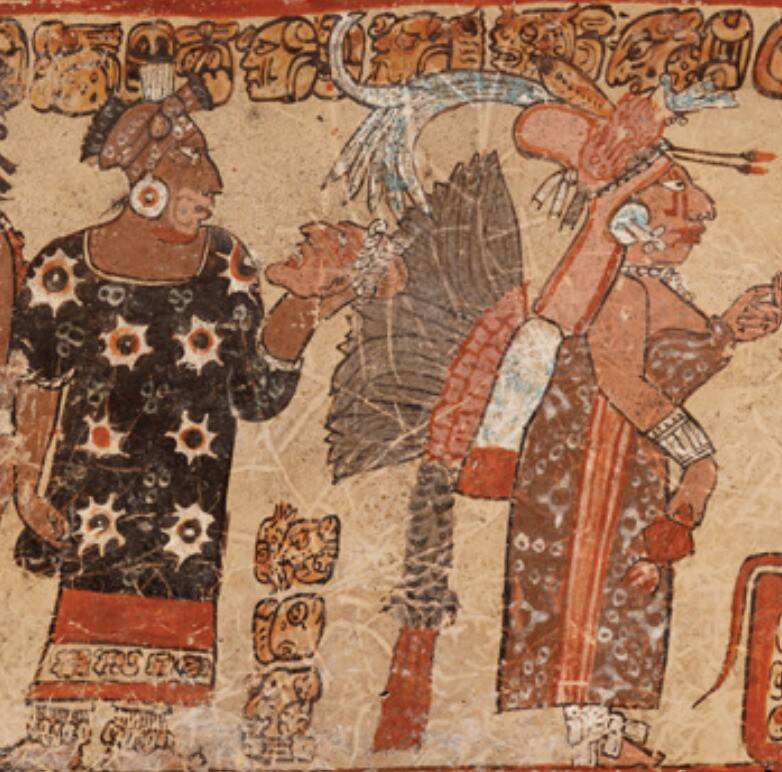
Museum of Fine Arts, BostonA vase from the Late Classic period shows a Maya queen, right, and her attendant, left, with facial tattoos.
Tattoos could also be used as a form of punishment or shame among the Maya, and were sometimes used to mark the faces of thieves.
But researchers also believe that the two tattoo tools found in Belize may have served an additional ritual purpose for the Maya.
“Since caves are underground spaces closely associated with important Maya ideological landscapes, particularly the concepts of life and death, fertility, rain, sacrifice, and gateways to the underworld where ancestors and deities reside,” the researchers wrote, “it seems likely that the tools were used to tattoo important individuals or to mark auspicious events.”
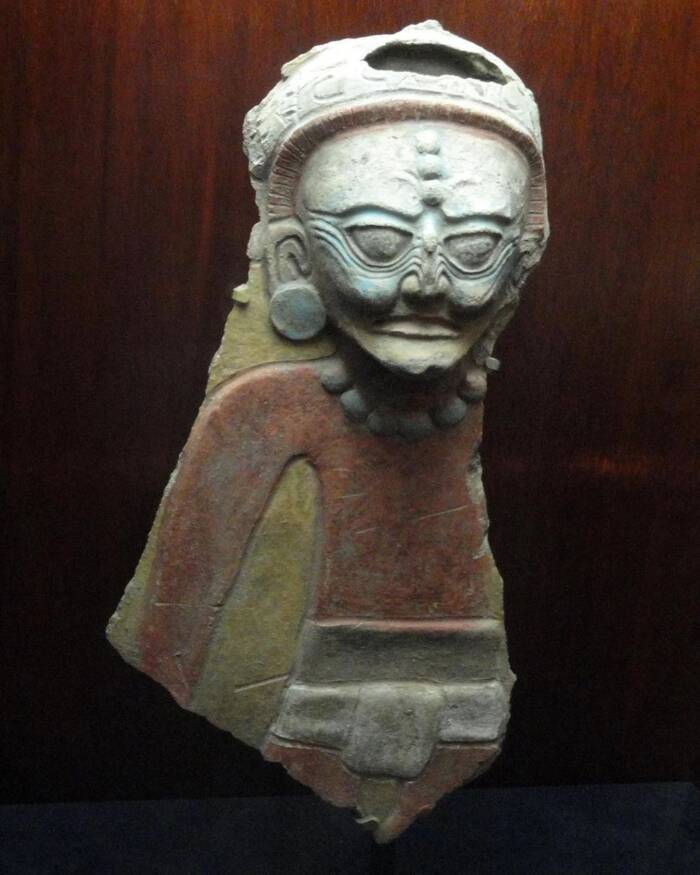
Houston Museum of Natural ScienceA depiction of the Maya fire god with tattoos and scarification. Circa 900-1200 C.E.
What’s more, these tattooing tools were broken. This suggests that they may have served a ritualistic purpose before they were perhaps purposefully broken and then left in Actun Uayazba Kab cave as an offering.
